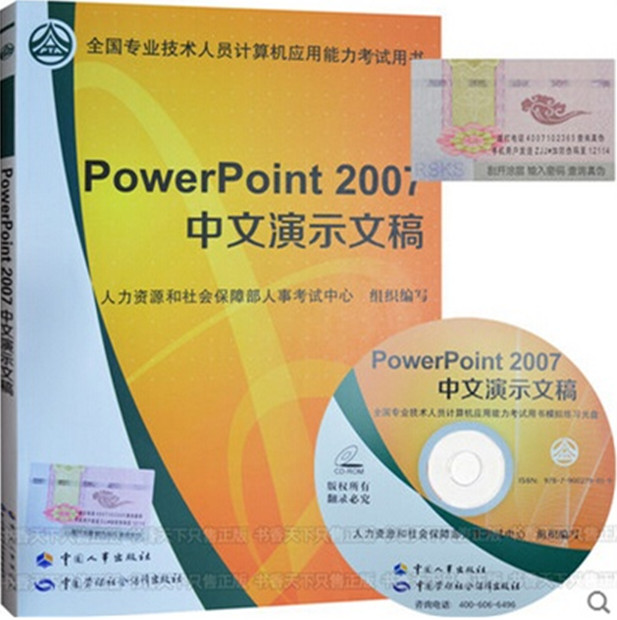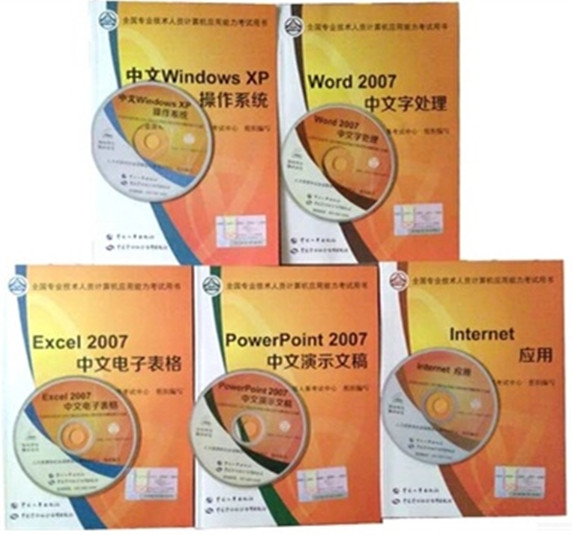- 托福 | 雅思 | 四級(jí)六級(jí) | BEC | PETS | 職稱英語(yǔ) | 日韓法 | 會(huì)計(jì)證 | 初級(jí)會(huì)計(jì) | 中級(jí)會(huì)計(jì) | 注冊(cè)會(huì)計(jì)師 | 經(jīng)濟(jì)師 | 統(tǒng)計(jì)師 | 審計(jì)師
醫(yī)師 | 藥師 | 執(zhí)業(yè)護(hù)士 | 一級(jí)建造師 | 二級(jí)建造 | 咨詢師 | 建筑師 | 監(jiān)理結(jié)構(gòu) | 造 價(jià) 師 | 土地估價(jià)師 | 安全師 | 房產(chǎn)估價(jià) 招標(biāo)師
高考 | 成考 | 自考考研 | MBA | 司法 | 人力資源 | 公務(wù)員 | 教師證 | 證券導(dǎo)游 | 軟件水平 | 計(jì)算機(jī)等級(jí) | 報(bào)關(guān)員 | 報(bào)檢員 | 物流師

 ,我們將會(huì)及時(shí)處理。
,我們將會(huì)及時(shí)處理。
